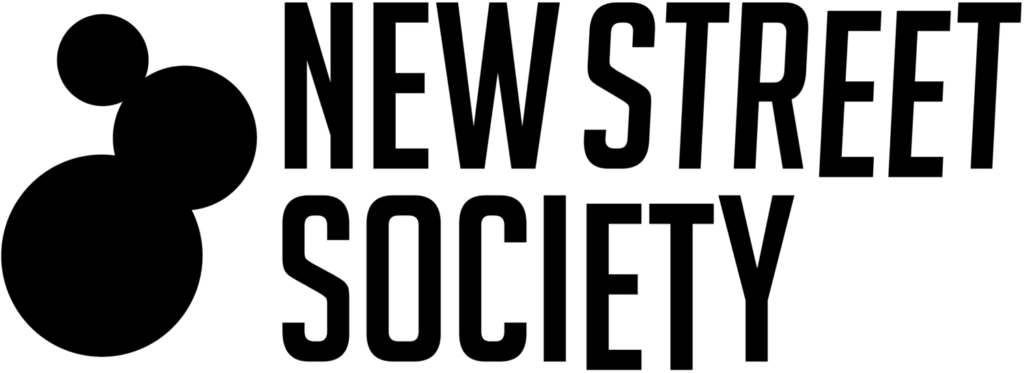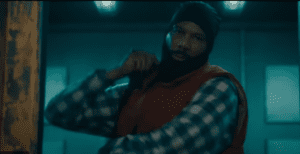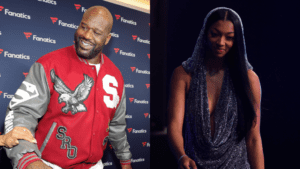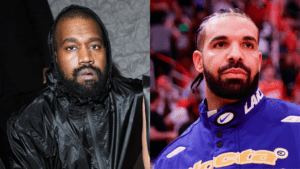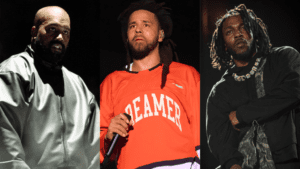Tips For Artists On Establishing A Visual Brand – FUXWITHIT
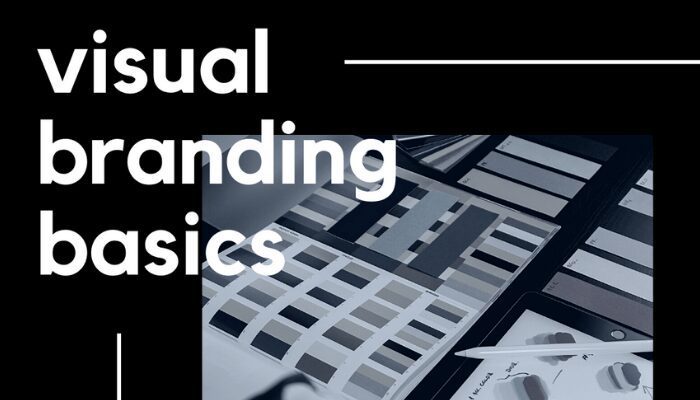
The most credible artists of our time are recognized for their defined image and personality. In using distinctive marketing techniques, the world’s top creators utilize branding to retain fan loyalty and connect with their audiences on an international level. Acting as a visual representation of your work, visual branding can prove to be the most effective way of enriching your following while distinguishing your art from competing artists.
However, approaching the process of creating visual themes that appropriately represent your direction can be a daunting task. So, to help simplify the confusion for emerging creatives, we’ve laid out some marketing basics so you can groom the early foundations of a successful career.
Be Authentic
While cultivating a memorable and defined image for your project, it’s important to remember that you are competing with every other artist around the globe. Creating a successful visual brand starts with pinpointing the aspects of your work that you value the most. The details of your identity ultimately need to reflect your personality and interests. Aside from sound itself, how can you emotionally connect with your listeners on a visual level? How can you be relatable?
Understand that you will never be the only artist these fans (and especially labels) listen to. Why should they remember your work above anyone else’s? Remaining relevant and memorable means you must be different. As creative individuals, we are more inclined to emulate the work of our idols. Rather than imitating, try building on the concepts you find inspiration in. You can present a lasting image that is unique and personal by first identifying the visual trends in your community. How can you avoid monotony? Additionally, how can you appeal to (and engage with) the fans of your sub-culture while remaining aesthetically attractive and fresh?
Larkless is an outstanding reference for this topic. Utilizing dark and haunting color themes, the artist also incorporates a cryptic website where listeners can ask questions regarding his project. Backed by a simple yet recognizable logo, Larkless manages to break repetition through his interesting and creative take on visual branding, as seen through his website.
“The top priority when it comes to branding for me is that it’s fun to create. It expresses what I want it to express (regardless of other people’s expectations) and it helps tell the story I want to tell. Everything I create has its own place within this story that surrounds it all. I wanted to create something that people could really dig into. Something that was satisfying to piece together,” Larkless explains.
Make It Cohesive
Constructing a project identity also means ensuring all aspects of your branding are cohesive with the work you create. Take your sound aesthetic into account. If you prefer to operate in the darker realms of experimental bass production, a neon yellow sunflower is not going to be an intelligent logo selection. All visual areas of the project need to mirror your sound’s direction
What do you want listeners to envision or experience when they consume your art? And perhaps more importantly, how do you want to be remembered? The visual aspects of your project act as the first impression to new listeners, labels, and A&Rs so make it count.
Approach each idea logically and try keeping it simple. Simplicity travels far when it comes to building the framework of an impeccable and recognizable visual brand. If your logo selection utilizes a white and black color scheme, incorporate that same design throughout all aspects of your project. This includes your Facebook cover, Twitter header, SoundCloud banner, any self-released track artwork, website, merchandise, visual loops, and Instagram feed. If these are wildly inconsistent, you run the risk of your work being visually unimpressive and or forgettable. Make it make sense.
San Francisco based artist Stripess is an amazing example of cohesive nature and simplicity. His branding is a direct reflection of his moniker and is consistent throughout his work. Although simple, his identity remains memorable and can be seen on track artwork, SoundCloud banner, and profile pictures.
Stripess elaborates on the creative inspiration behind his brand development saying, “I went to this museum called the Tate Modern, and there was a whole exhibit on ‘Op Art,’ or art based around optical illusions. It basically messes with space and simple structures (lots of stripes) to create the impression of 3D space on a 2D canvas.”
Avoid Rushing The Process
The creative community tends to be the most indecisive. Because your minds drip with a superabundance of contrasting ideas, determining the final visual identity of your project can be difficult. Accept that the first design concept may not always be the best and that’s okay. Much like perfecting the technical design of a track, the final visual brand needs to appear seamless and well-thought-out. Rushing the visual process can (and usually does) result in a painful rebrand later down the road. We see this happen with growing artists all the time.
If manifesting a successful career and reputation in music is your end goal, then you have to take all areas of your work seriously. Take time to fully conceptualize your brand’s visual blueprint and approach the process carefully. Does this idea fully encapsulate your artistic direction? Will you be confident in this design a year from now? What about five years from now?
Remember
Be authentic.
Be interesting.
Build on existing inspiration.
Remain consistent.
Keep it simple.
Take your time.
Ask Yourself These Questions
What makes me unique?
What sub-culture or community am I trying to contribute to?
What inspires me?
How can I mirror my sound aesthetic?
What design best represents my personality?
What sense of direction am I attempting to achieve?
It’s impossible to expect the finite details of your overall vision to appear overnight. Fine-tuning any single concept can and will evolve as you perfect your craft so be prepared to make changes and adjust ideas as new found inspiration hits. And remember, visual branding acts as an enhancement to your already-established sound character. Fall in love with your ideas before pushing them to the public. Take notes, outsource ideas from other artists, be patient, and weigh out your options. You want your first impression to be a lasting one and half-assing the end product will be beneficial to no one.
